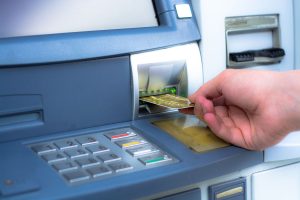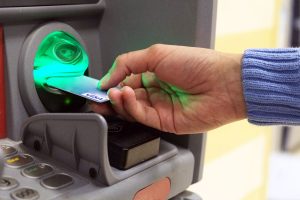You just got your new credit card in the mail. First, you call the authorization number. Once the card is active and running, you flip it over to sign the back. You grab a pen, then hesitate. The last time you wrote with a pen, the signature wiped off after just a few uses. What are you supposed to sign this thing with, anyway - does anything work? We've researched numerous reports from consumers for the final, authoritative answer.
The best pen to sign the back of a credit card will:
- Have a fine, felt tip
- Be fast-drying
- Be waterproof
The top recommended choice is an industrial fine tip Sharpie marker. There are other markers or pens that work, including most markers used for labeling CDs and DVDs. Just be sure to use one with a fine tip for the best results.
You may now know the best type of pen to sign the back of the credit card, but how do you keep it from smudging? Can you use blue ink? Does anyone check credit card signatures anyway? For the answers to these questions and more, continue reading.

How Do You Sign A Credit Card Without Smudging?
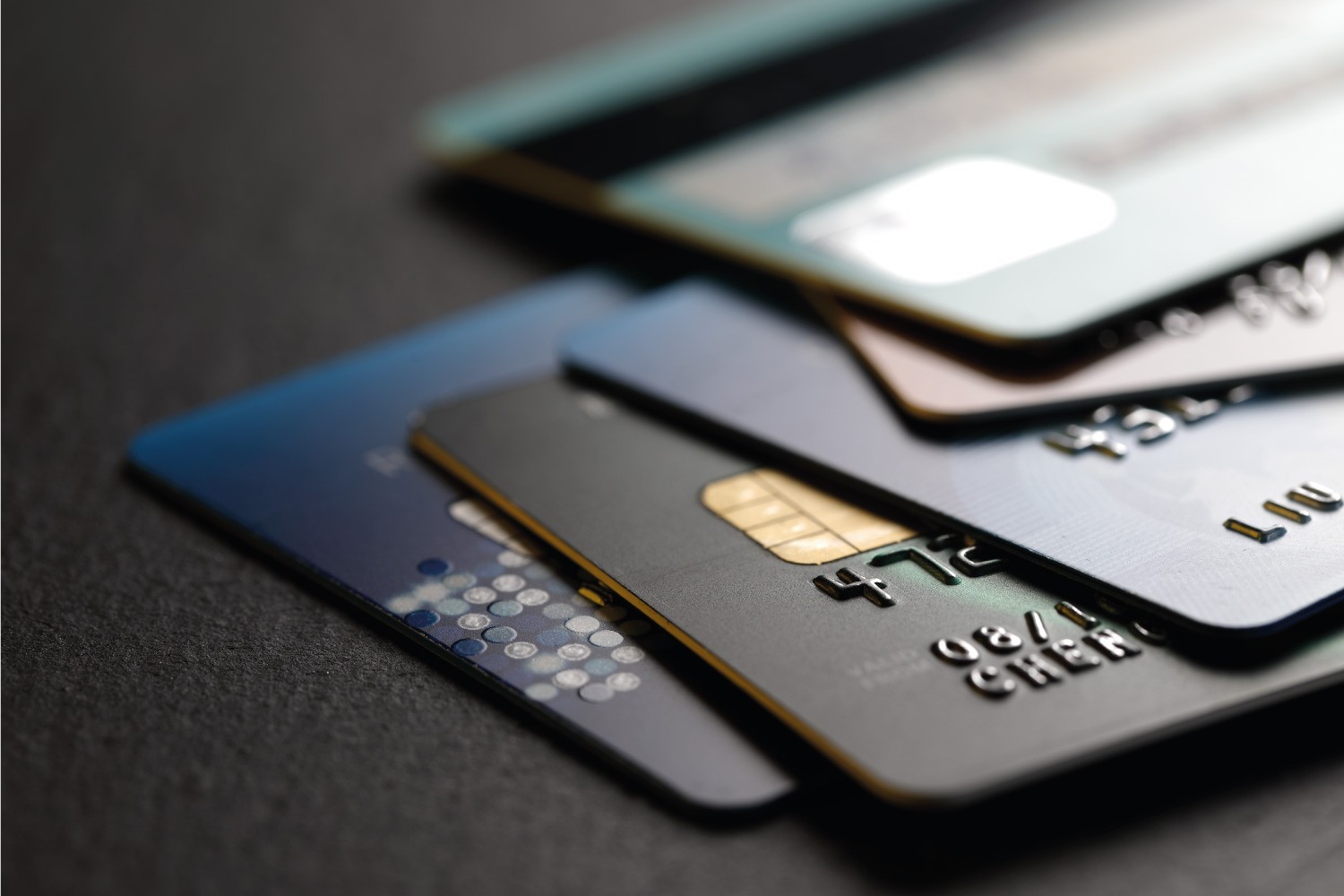
The sure-fire way to sign a credit card with no smudges is, first of all, to pick the right tool. Writing on a credit card is nothing like writing on a piece of paper. Keep in mind that the best utensil for the job may not be a pen - markers can work quite well!
Write neatly and carefully. Use a fast-drying, waterproof option to reduce smudging. Be sure to let the card sit for a few minutes, even if it's fast-drying, to ensure that the signature has taken hold before you put it in your wallet or pocket.
One last tip, widely recommended, is to keep the signature from rubbing off in the future by placing a piece of clear tape over it. If you do this, be sure to place the tape and then leave it alone. Removing the tape may remove both the signature and signature strip if you aren't careful.
Though you know the qualities to look for, we don't want to leave you hanging. We put together a few great product options for that perfect, smudge-free signature:
Sharpie Pro
These Sharpies are a favorite of many. Be sure to use the industrial-grade sharpies, as they offer more resistance against smudging and smearing.
Click here to see this Sharpie marker on Amazon.
Staedtler Pens
Some people prefer this marker by Staedtler. It's a great choice for people who just don't like writing with Sharpies, as it feels more like a pen.
Click here to see this option by Staedtler on Amazon.
Super Markers
Lastly, these Super Markers have two tips. This gives you a fine tip for writing and a thicker bullet tip for extra flexibility and usefulness. After all, who wants a special marker just to sign a credit card once or a few times a year?
Click here to see these Super Markers on Amazon.
Why A Fine Tip?
It might seem strange to suggest a fine tip pen or marker - does it really matter? Actually, it does. There are two reasons for this, and one is less well-known. The first, more obvious reason is simple - it's easier to fit your signature on a small panel if you use a fine tip marker. The credit card doesn't leave much space available for a signature, and using a fine tip to write is simply more convenient.
The second reason, however, is related to fraud. When writing with a thick tipped marker, there are fewer distinctive lines or characteristics in the handwriting. Because the print is large and oversized, many of the smaller details that make a person's signature unique are lost. The signature, as a result, is easier to copy or steal. If you're worried about fraud or forgery, use a fine tip marker or pen.
Can You Sign A Credit Card With Blue Ink?
If you can find a marker or pen that fits the criteria above (fast-drying, waterproof, fine tip), it doesn't matter what color the ink is. You can sign in blue, purple, or pink if you want. Just remember that the number one reason you sign the card, at all, is for protection against fraud. Merchants, although they don't always, are supposed to compare and ensure that the signature on the back of the card matches the signature on the receipt.
If you sign the card in a way that makes it illegible, such as yellow ink that can't be seen clearly, you're only removing the chance of a merchant catching any discrepancy between your original signature and the receipt's signature. If your card is stolen, a clear signature may be the only thing that saves you from fraudulent charges.
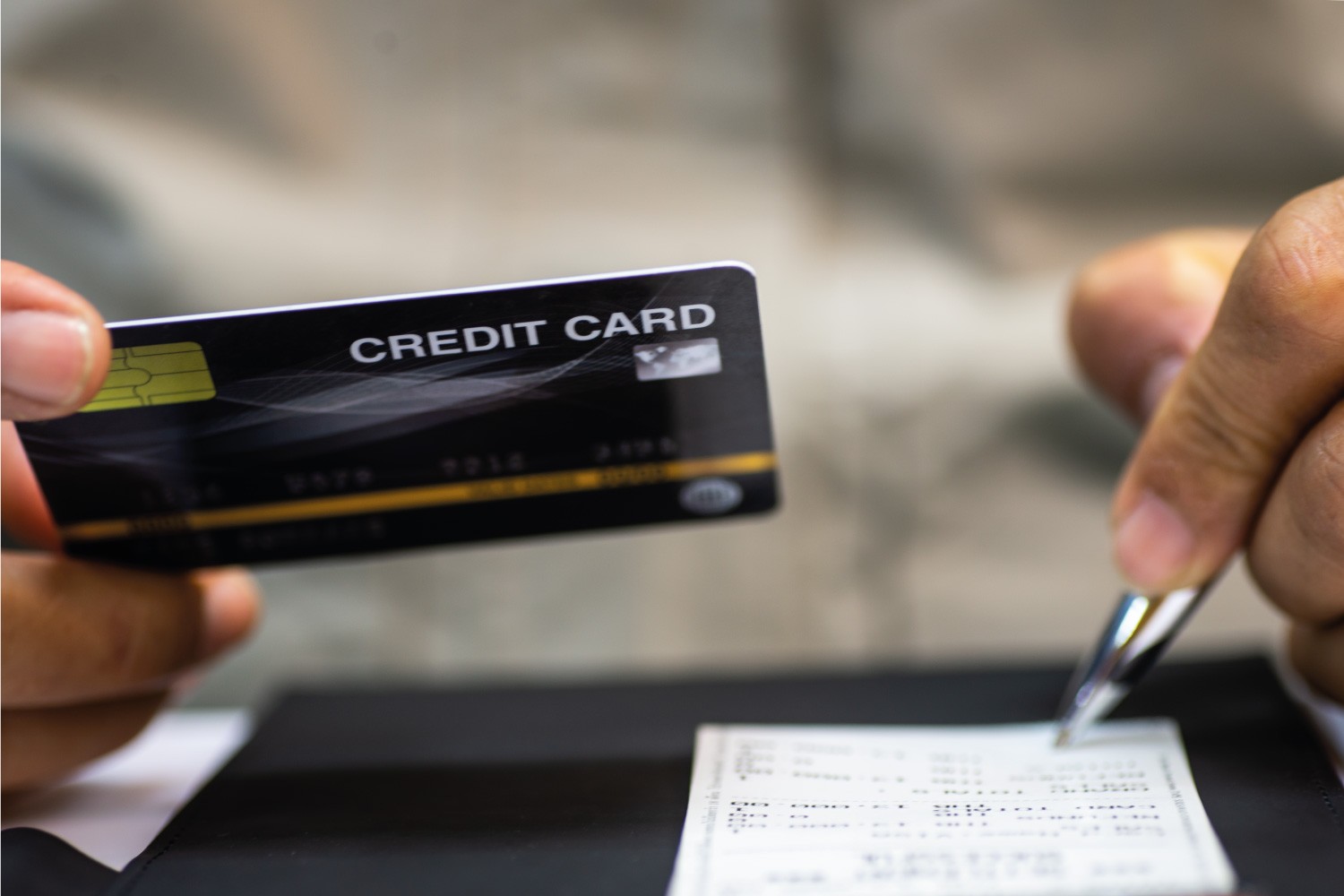
Granted, it's not often that a store clerk checks the signature, but it's still possible to deter some amount of theft this way. Any chance of preventing the use of a stolen card is better than none. For this reason, you should take your signature seriously and use an ink color that is clear and easy to read.
Do Credit Card Companies Check Signatures?
Some people read the last paragraph and started laughing, we know. A signature, checked by the merchant, to prevent fraud?! You must be kidding, no one's looked at my signature in ten years!
It's true, checking the signature rarely occurs anymore. And it's definitely not happening by the credit card companies - there's no fancy program or algorithm collecting your signatures and looking for irregularities. So what's the point?
At one time, the signature served two functions. First, it acted as an agreement between you and the card company - a signed card meant you were an active user who accepted the card agreement. Secondly, the signature allowed for comparison - a stolen card might be recognized by looking at both the signature on the card and the receipt.
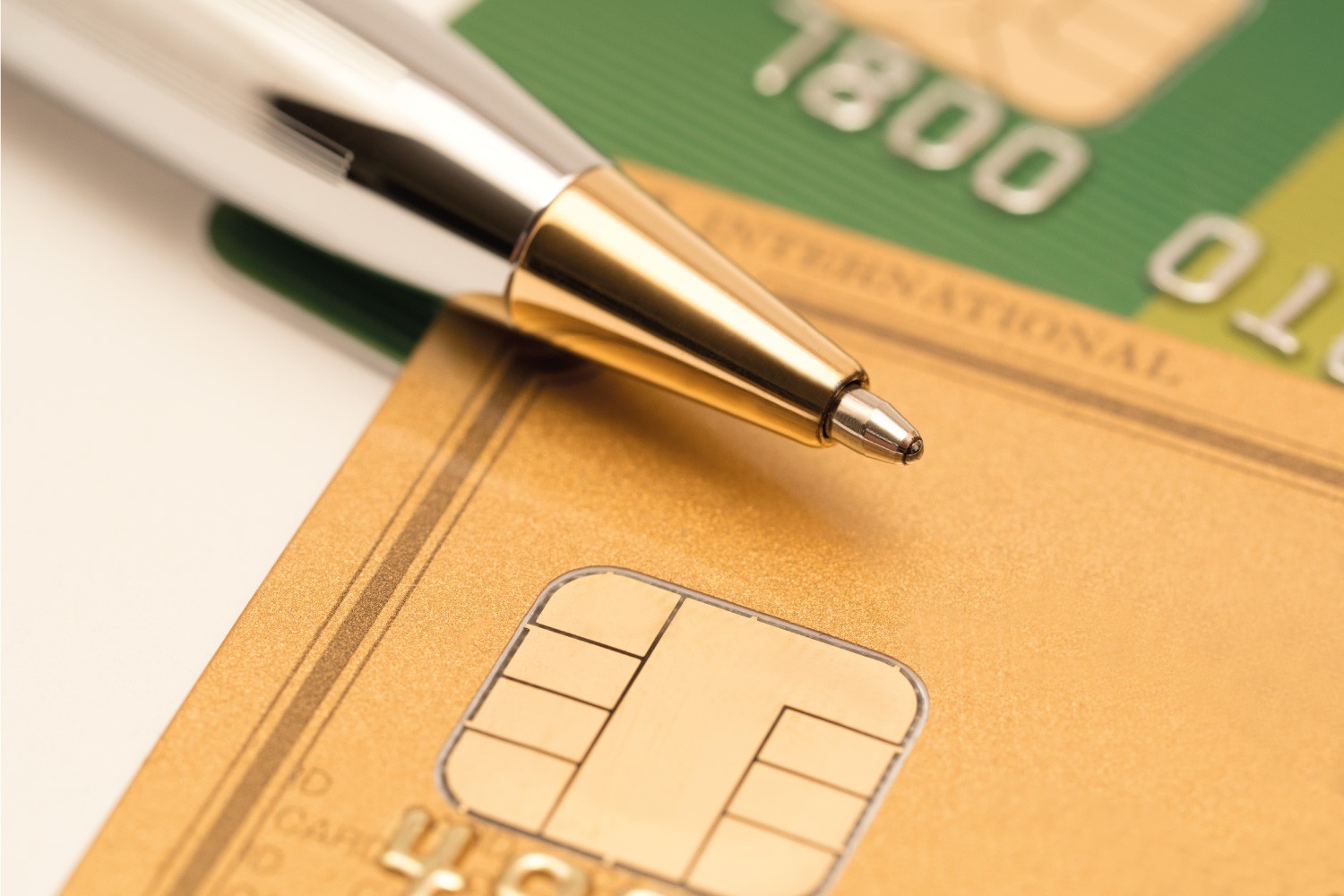
Now, however, most cards use EMV chip technology. This is a much better method of security. Cards are verified for funds instantly by card readers in the store, which also checks to make sure the card isn't reported stolen or frozen. This same, instant technology allows you to report a card stolen or freeze the funds and have it take effect almost immediately.
The EMV chip also transmits information that changes with every use, making it harder for a thief to steal your information and use it for subsequent charges.
Should You Sign Your Card At All?
Though the signature may be rarely verified, that doesn't mean you shouldn't sign your card. A card can only be reported stolen when you realize it's missing - and a thief could rack up several charges in the meantime.
EMV technology doesn't protect you if your card, physically, is taken. If it's not signed at all, and someone should find it or take it, they can sign the back and start using it without any hesitation. Again, while it's unlikely to help in the case of a stolen card, there's still a remote possibility that an alert store clerk may catch an irregularity.
How Do You Remove Your Signature From Your Credit Card?
So, you already tried writing your signature before looking for the right pen for the job. You ended up with a nasty smudge, illegible signature, and now you need to start over.
Well, it's not quite that easy. While there are a few methods that may remove the signature, the actual success varies. Some household items that can sometimes remove a smudged signature include:
- Denatured alcohol
- Hairspray
- Nail polish remover
The problem with trying one of these? You may accidentally damage the magnetic strip on the card, effectively making the card useless. You may also remove the signature - and the signature strip altogether, which voids the card. Again, if this should happen, the card is now essentially useless.
So what can you do instead? Don't try to fix it at all - just get a new card. It's really not that hard, as many card companies allow you to request a free replacement card online. Just be sure to specify that the card is damaged, not stolen. If you report a card stolen, the process of canceling and reissuing an entirely new card account becomes necessary. This can take a while.
A damaged card, on the other hand, goes out nearly immediately with no changes to the account. For more advice, see: Credit Or Debit Card Signature Smudge: What To Do?
In Closing
Always sign the back of your credit card, as an empty signature panel allows anyone with access to your card to begin using it, hassle-free. While it's rare to have a card transaction that requires signature verification anymore, it does still happen on occasion. By signing your card with a clear and easy to read signature, you can both save yourself time when trying to use your card at the register, and possibly deter others from using your card fraudulently.
The easiest pen or marker to sign your card with is waterproof, fine tip, and fast-drying. A great choice is an industrial fine tip Sharpie marker for a signature that lasts without smudges or runs.
If you enjoyed this article, read the following:




